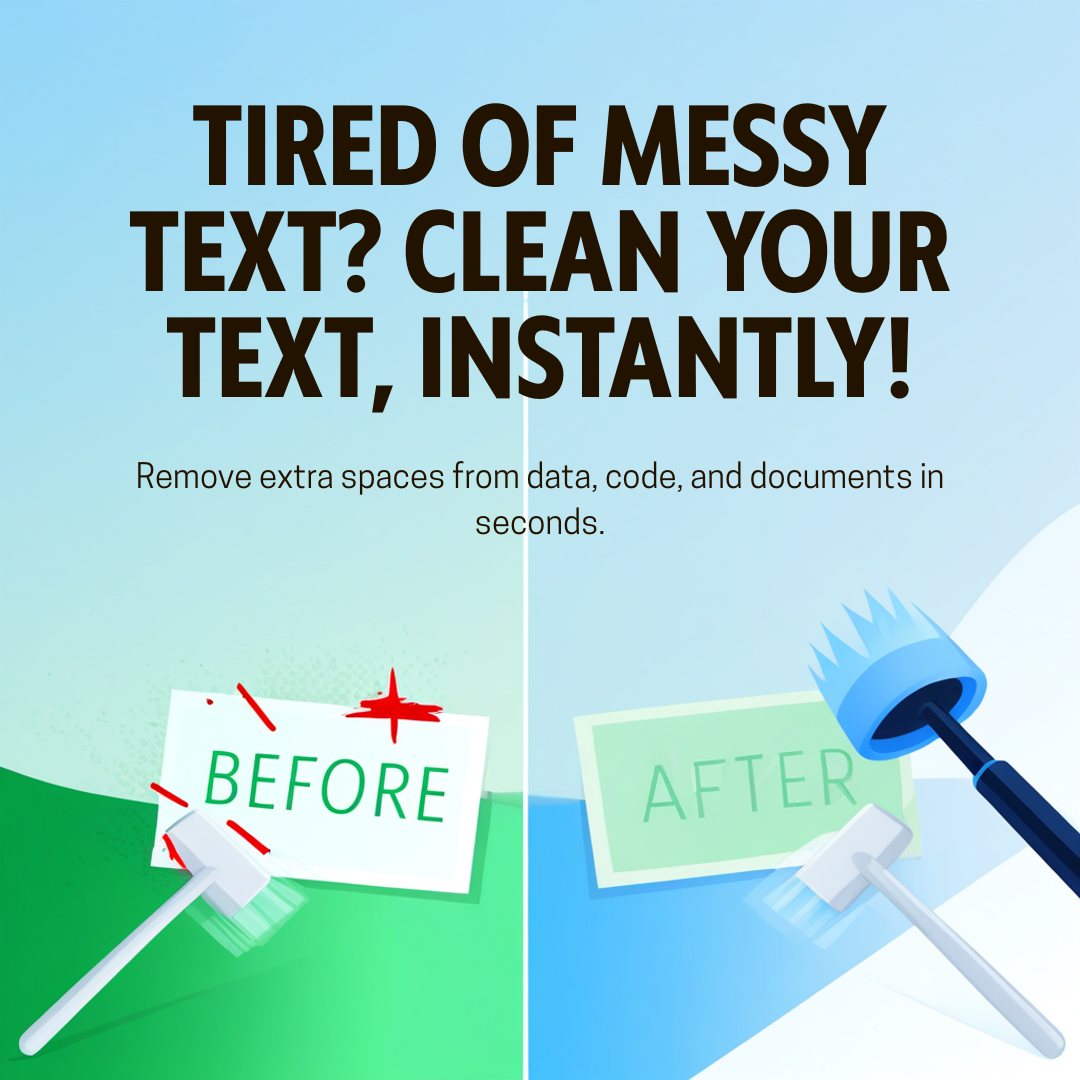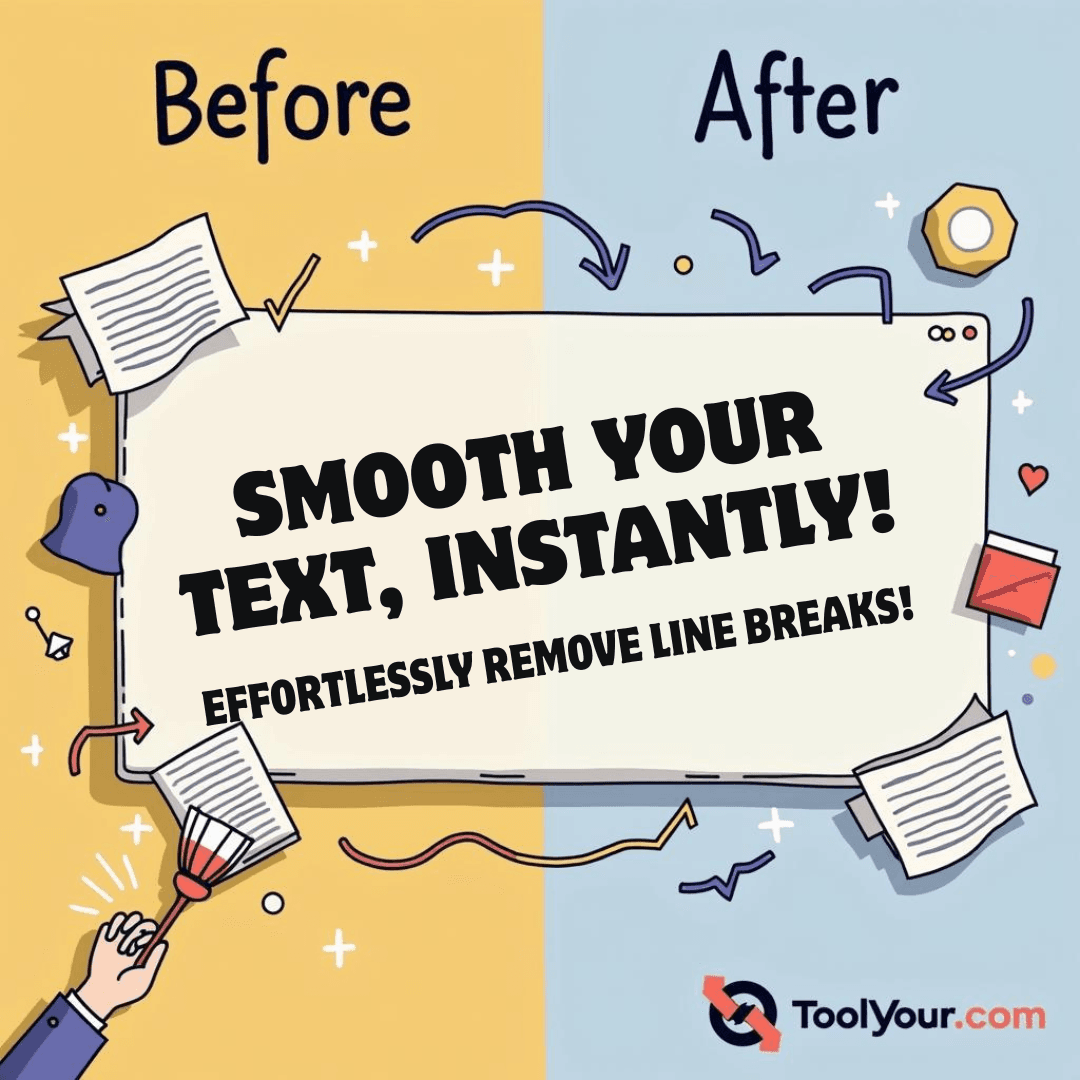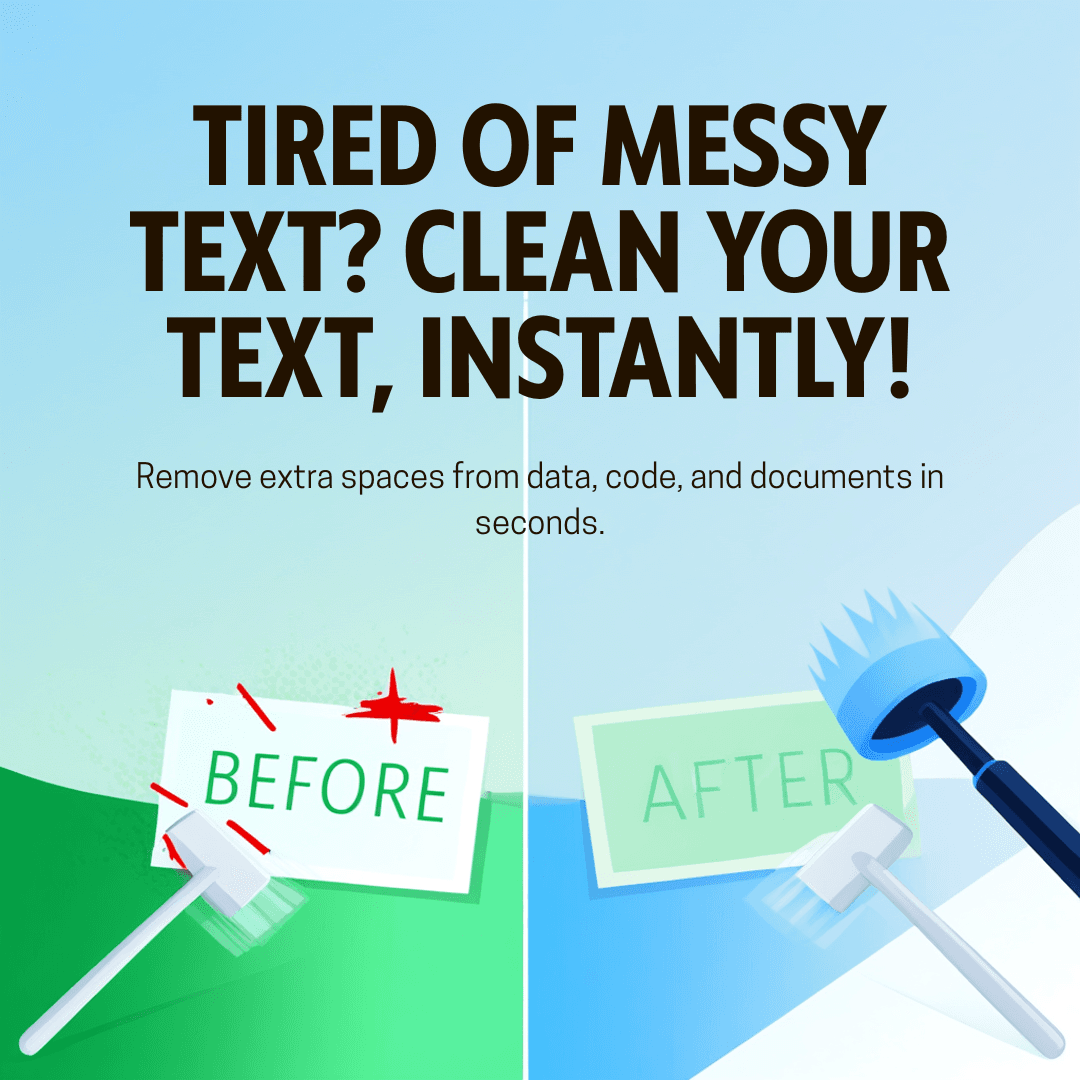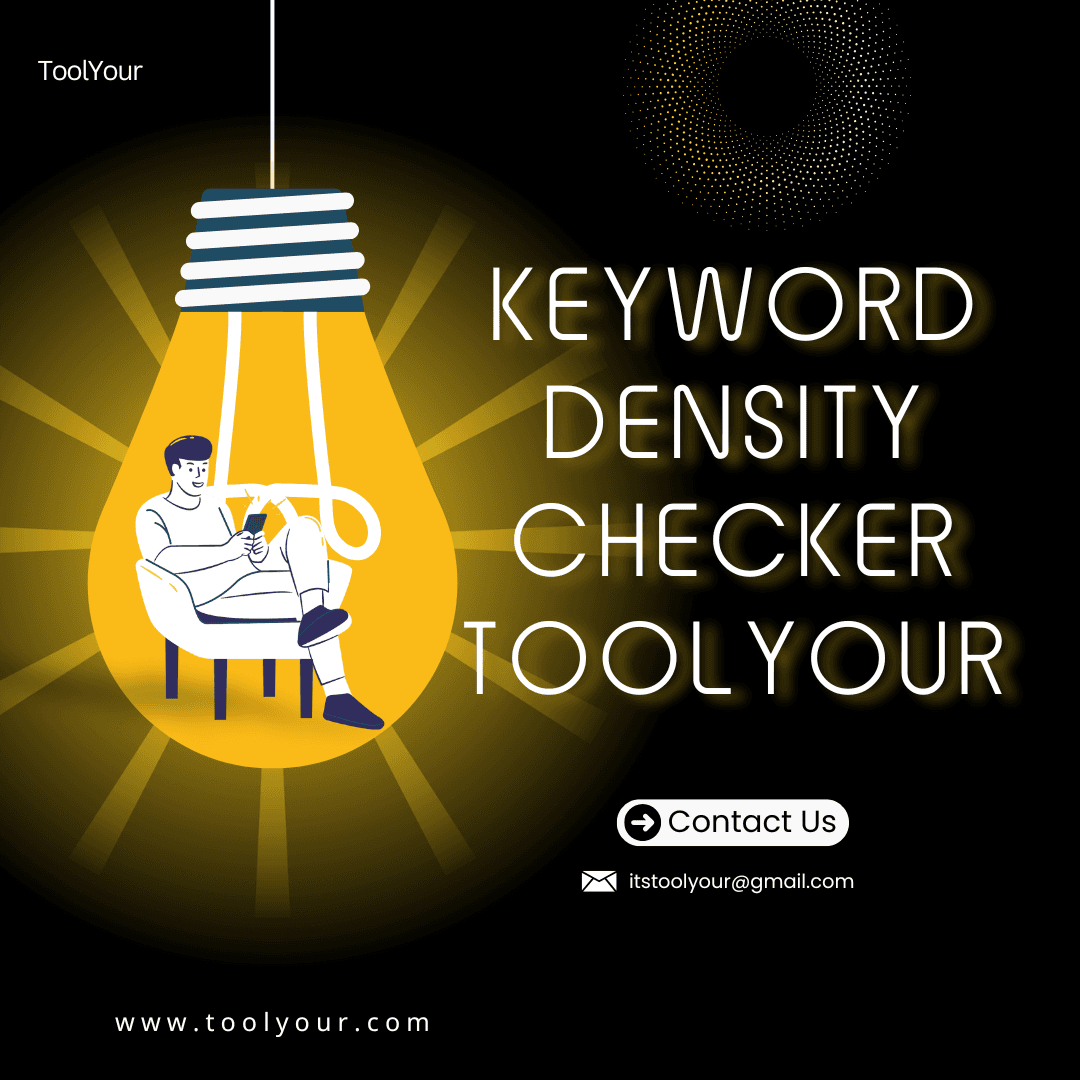Imagine you're trying to build a perfect tower with LEGO bricks, but someone keeps putting extra, useless clear plastic pieces in between every real brick. Your tower would be wobbly, ugly, and might even fall over? That's a bit like what happens when we have too many unnecessary spaces in our digital text. These extra spaces, whether they're at the beginning or end of words, between sentences, or just in random places, can make our text look messy, cause errors in computer code, or simply waste valuable space.
In the world of computers and writing, text needs to be neat and tidy. Every character counts, and even a tiny extra space can sometimes cause big problems. But what if you have a whole long document, or a piece of computer code, or even a list of names, and it's full of these annoying extra spaces? Trying to find and delete every single one by hand would be like trying to pick out every single tiny piece of sand from a huge sandbox – a never-ending, frustrating job?
This is where the super handy Remove Spaces Tool comes to the rescue? It's like a special cleaning machine for your words, instantly sweeping away all those unwanted gaps and making your text perfectly neat and clean.
In this super long and helpful story, we'll journey back in time to understand why these simple but powerful tools became so important. We'll learn how people tried to deal with extra spaces before smart tools came along (it was a lot of trouble?), who first thought of making these tools, and all the cool benefits that everyone got once these tools existed. And then, we will proudly show you our very own, super easy, and totally Free Online Remove Spaces Tool right here at ToolYour.com, and explain exactly how it works its magic to make your text spotless?
Chapter 1: The Early Days of Computers – When Every Character Was Precious
Let's go back to the very beginning of computers. In those early days, computers were much slower and had very little memory (the space they could remember things). Every single character you typed, even a tiny space, took up precious memory. People who worked with these early computers had to be very careful and efficient with their typing.
The "Character Economy" of Early Computing:
Limited Storage: Think of old floppy disks or punch cards. They could only hold a tiny amount of information. An extra space was literally a wasted byte (a unit of computer memory).
Slow Processing: Computers processed information much slower. If a program had to read through lots of unnecessary spaces, it would slow down the whole process.
Command Line Interfaces: Many early computer systems were used through "command lines," where you typed very specific instructions. An extra space in a command could easily cause an error. For example, typing
run programinstead ofrunprogrammight not work if the system expected no space.
The Pain of Manual Space Removal (The Old, Hard Way?):
Before smart tools, if you had text with too many spaces, you had to fix it by hand, and it was incredibly tedious:
Backspacing and Deleting (The Most Common Pain): Imagine you copied a paragraph from somewhere, and every sentence had three spaces after the period instead of one, or there were huge gaps between words. You'd have to go through, find each extra space, and press the "Backspace" or "Delete" key repeatedly. This was fine for a sentence or two but a nightmare for long documents.
Manual "Find and Replace": Some basic text editors or word processors had a "Find and Replace" feature. You could try to "Find" two spaces and "Replace" them with one space. Then you'd repeat this for three spaces to two, then four spaces to three, and so on, until only single spaces were left. This was better than pure manual deleting, but it was still a multi-step, error-prone process, especially if you had different kinds of extra spaces (like tabs, or spaces at the beginning/end of lines). It couldn't easily remove ALL spaces or spaces only at the start/end of lines.
Visual Inspection: Most of the time, people just had to visually look at their text, squinting their eyes to spot double spaces or spaces that shouldn't be there. This was highly unreliable and easy to miss things.
The struggle was real. As more and more text was created digitally – for documents, basic databases, and early forms of computer code – the problem of messy spaces grew. Every programmer, data entry clerk, and even casual computer user faced this constant little annoyance. It was clear that a better, faster, and more automatic way to clean up spaces was needed.
Chapter 2: The Digital Explosion and the Hidden Dangers of Extra Spaces
As computers became more powerful and the internet began to connect the world, the amount of digital text exploded. We started to see vast amounts of data, complex websites, and sophisticated software. In this new digital landscape, extra spaces, which might seem harmless, could actually cause significant problems.
Why Extra Spaces Are a Big Deal (More Than Just Looks):
Programming and Coding Errors: This is perhaps the biggest reason. In many computer programming languages (like Python, JavaScript, Java, C++, etc.), spaces are very important.
Syntax Errors: An extra space where it's not expected can cause a "syntax error," meaning the computer doesn't understand your instruction, and the program simply won't run. Imagine typing
if ( condition )instead ofif (condition)– that extra space might break the code in some languages or contexts.Variable Names: If you define a variable name as
my variableinstead ofmy_variableormyVariable(without spaces), the computer will get confused.Function Calls: A function might be called
calculate_total(). If you accidentally typecalculate_ total(), the computer won't recognize it.JSON/XML Data: These are formats used for sending data between computers. They are very sensitive to extra spaces, especially at the beginning or end of values, which can corrupt the data or make it unreadable.
Database Inconsistency and Search Problems:
Imagine a database of customer names. If one customer's name is stored as "John Smith" and another as "John Smith " (with an extra space at the end), the computer might treat them as two different names? This messes up searching, sorting, and reporting.
When you search for information in a database or on a website, if the stored data has hidden extra spaces, your search might not find what you're looking for.
Spreadsheet Data Integrity:
Similar to databases, if you have names, product codes, or numbers in a spreadsheet, and they have extra spaces (especially leading/trailing spaces), functions like
VLOOKUPorSUMIFmight not work correctly. Sorting can also be messed up.Extra spaces can cause numbers to be treated as text, preventing calculations.
Website Development (HTML, CSS, URLs):
HTML Attributes: An extra space in an HTML attribute (like
class="my-button "instead ofclass="my-button") can break the design or functionality of a webpage.URLs: Spaces are not allowed in URLs (web addresses). If you copy a piece of text that becomes part of a URL and it has spaces, it will break the link unless those spaces are correctly converted (which doesn't always happen automatically).
CSS Selectors: In CSS (which controls website styling), extra spaces in selectors can drastically change how styles are applied.
User Input Validation: When users fill out online forms, they often accidentally add extra spaces at the beginning or end of their input (like their email address). If a system doesn't "trim" these spaces, it might store incorrect data or fail to validate the input, leading to errors.
Text Formatting and Readability:
While not always critical for computers, too many spaces (like double spaces after periods, or excessive indentation) can make text look unprofessional and harder for humans to read.
Removing all spaces can be useful for counting characters precisely or creating compact text for specific displays.
Early Attempts at Automated Space Removal (The "Glimmer of Hope"):
As the problems grew, clever people (mostly programmers) started building small tools and functions to deal with spaces automatically:
Programming Language Functions: Most modern programming languages got built-in functions to handle spaces. For example, many languages have a
trim()function (to remove spaces from the beginning and end of a string) orreplace()functions (to replace all occurrences of a space with nothing, or multiple spaces with single spaces).In JavaScript,
myText.trim()removes leading/trailing spaces.In Python,
my_text.replace(" ", "")removes all spaces.
Regular Expressions (for Advanced Users): This is a powerful tool for finding patterns in text. A programmer could write a "regular expression" to find all double spaces and replace them with single spaces, or to remove all spaces, or to clean up spaces at the beginning/end of lines. This was very powerful but also very complex to learn and use.
Macros in Word Processors (Limited): Some advanced word processor users might have recorded macros to find and replace multiple spaces, but these were often clunky and not truly universal for all types of space issues.
Unix/Linux Command-Line Tools: Operating systems like Unix and Linux (popular with developers) had powerful text processing tools like
sed,awk, andtrthat could be used to remove spaces from files. These were incredibly efficient for large files but required command-line expertise.
While these tools were fantastic for those who knew how to use them, they highlighted a clear problem: the average person, the student, the writer, the small business owner, did not have easy access to these powerful capabilities. They still faced the daily frustration of manually cleaning up text. The need for a simple, accessible, online tool was becoming incredibly strong.
Chapter 3: The Birth of the Online Remove Spaces Tool – A Cleaner Digital World
The growing frustration with messy spaces and the increasing importance of clean text in digital systems eventually led to the development of dedicated Online Remove Spaces Tools. Just like with other simple utilities, this wasn't a single "invention" by one person; it was a natural evolution. As the internet became a platform for useful little applications, web developers started packaging those powerful programming functions for space removal into easy-to-use websites.
Who "Discovered" This Need? The Everyday User?
The true "discoverers" of the need for an accessible online space removal tool were the millions of everyday computer users. They were the ones constantly battling extra spaces in their documents, emails, code snippets, and data entries. When web developers saw this common pain point, they realized they could offer a simple solution. They took the complex programming logic (like trim() or replace() functions) and wrapped it in a user-friendly web interface that anyone could use without knowing any code.
The Evolution of the Online Tool (From Basic to Feature-Rich):
Simple Beginnings (Early 2000s): The first online remove spaces tools were likely very basic. You'd paste your text into one box, click a button, and get the text back with all spaces removed (like
HelloWorld). This was useful for very specific tasks like creating compact identifiers.Adding More Nuances (Getting Smarter): As users realized different "types" of space removal were needed, tools became more sophisticated:
Remove All Spaces: This removes every single space character.
Hello WorldbecomesHelloWorld.Remove Extra Spaces Between Words (Normalize Spaces): This is very common? If you have
Hello World(with multiple spaces), it becomesHello World(with just one space). It also handles tabs and multiple line breaks.Trim Leading/Trailing Spaces: This removes any spaces only at the very beginning or very end of a line or paragraph.
Hello WorldbecomesHello World. This is crucial for data entry.Remove All Line Breaks: Sometimes people just want a continuous string of text without new lines.
Remove All Tabs: Similar to line breaks, tabs can also be a source of formatting issues.
User-Friendly Design: The tools became visually cleaner and easier to navigate. Clear labels, intuitive buttons, and instant feedback became standard.
Convenient Features: Crucial additions like a "copy to clipboard" button (to instantly grab the cleaned text) and a "clear" button (to start a new operation) made the tools incredibly efficient and a pleasure to use.
The Immense Benefits People Gained from These Tools:
The invention and widespread availability of free, easy-to-use online remove spaces tools brought a wave of positive changes across many different areas:
Massive Time Savings: This is the most immediate and significant benefit. What used to take minutes, hours, or even days of tedious manual deleting could now be done in mere seconds, even for huge amounts of text. This freed up countless hours for people to focus on more important tasks.
Increased Accuracy and Reliability: Automated tools are perfect for this job – they don't get tired or make human errors. They ensure that every single unwanted space is removed precisely, leading to clean, error-free text. This is vital for code, data, and precise formatting.
Improved Data Quality: For anyone working with spreadsheets, databases, or online forms, these tools became invaluable. They allowed for quick "data cleaning," ensuring that names, codes, and other entries were consistent and free from hidden spaces that could cause errors in sorting, searching, and analysis.
Code Integrity and Error Reduction for Programmers: Programmers could quickly clean up text snippets or data inputs to prevent common syntax errors caused by stray spaces, leading to more robust and functional code. This reduced debugging time.
Enhanced Professionalism in Documents: Writers, students, and businesses could easily ensure their documents, emails, and presentations looked polished and professional, free from uneven spacing or messy formatting.
Better Web Development: Web developers could use these tools to clean up HTML, CSS, or JavaScript code, ensuring it was compact and free from spaces that might cause rendering or functionality issues. It was also useful for generating clean URLs or identifiers.
Reduced Frustration and Stress: The daily annoyance of battling invisible or tricky spaces was largely eliminated. These tools provided a simple, stress-free solution to a common digital headache.
Accessibility for Everyone: Crucially, by being online and free, these tools made powerful text manipulation capabilities available to everyone, regardless of their technical skills or the software they owned. All you needed was a web browser.
Improved SEO (Indirectly): While removing spaces is not a direct SEO ranking factor, clean, well-formatted, and error-free code (especially in URLs or internal data) contributes to a better-performing website, which is indirectly favored by search engines. Readable content (due to proper spacing) also improves user experience, a key SEO signal.
The online remove spaces tool became an unsung hero of the digital age, a simple yet profoundly effective utility that quietly streamlined countless digital tasks and saved immense amounts of time and frustration for millions of users worldwide.
Chapter 4: Your New Text Cleaner – The ToolYour.com Free Online Remove Spaces Tool
After exploring the deep history and crucial importance of cleaning up text, we are thrilled to introduce you to our very own, super-effective, and incredibly easy-to-use tool: the Free Online Remove Spaces Tool from ToolYour.com?
You can jump right in and start cleaning your text here: https://www.toolyour.com/digital-tools/remove-spaces
We built this tool with a clear vision: to make text cleaning simple, fast, and accessible for everyone. Whether you're a student tidying up an essay, a programmer cleaning code, a data entry specialist, or simply someone who wants neat text, our tool is designed to make your life easier.
How Our Tool Works – Your Easy Guide to Spotless Text:
Our Free Online Remove Spaces Tool is designed to be incredibly straightforward, so you can get your text clean in just a few steps:
Your Input Area – Where the Text Goes: When you first arrive at the tool's page, you'll see a clear and prominent "textarea input." This is the main box where you will paste the content that you want to clean.
Paste Your Messy Text: Simply click inside this box and paste your text. It doesn't matter if it has too many spaces, extra line breaks, or leading/trailing spaces – just paste it right in? You can paste a single word, a sentence, a long paragraph, or even a whole document. Our tool is ready to handle it.
The Cleaning Power Button – "Remove Spaces": After you've pasted your text, you'll see a clear button labeled "Remove Spaces". (You might have seen a "reverse text button" mentioned elsewhere, but for this tool, it's the "Remove Spaces" button that does the magic?). This is your command button to start the cleaning process.
Click to Clean: Just click on this "Remove Spaces" button. Our tool will then instantly analyze your text and get rid of all the extra, unwanted spaces.
The Output Area – Your Cleaned Text Appears: Immediately after you click the "Remove Spaces" button, your perfectly cleaned content will appear in a separate text area located directly below the input area.
See the Transformation: You'll see your text now without any unnecessary gaps, multiple spaces between words, or leading/trailing spaces. It's instantly neat and tidy, ready for use?
Grab Your Cleaned Text – The Handy Copy Button: We know you'll want to use your newly cleaned text right away? That's why we've included a super convenient "Copy" button right next to the output text area.
Instant Copy: Simply click this "Copy" button, and the entire cleaned text from the output area will be instantly copied to your computer's clipboard. You can then paste it anywhere you need it – into an email, a document, a piece of code, a spreadsheet, or anywhere else?
Start Fresh – The Clear Input Button: Sometimes, you want to clean multiple pieces of text one after another. To make this process quick and easy, we've also provided a "Clear Input" button.
Reset for Next Use: Clicking this button will instantly clear all the text from the input area, allowing you to paste a new piece of text and start a fresh cleaning process, saving you time from manually deleting.
Why Our Tool is Your Best Friend for Clean Text (Even for a Kid?):
We designed our Free Online Remove Spaces Tool to be incredibly simple and effective, so absolutely anyone can benefit from it:
Super Simple Language: We use very plain and straightforward English words throughout the tool and in this explanation. You won't find any confusing technical jargon here? We aim for a "6-band English" level, meaning it's written in a clear, easy-to-understand way that even a child could follow.
No Downloads, No Installs: It's a completely online tool. You don't need to download any special software or install anything on your computer. Just open your web browser, go to our website, and start cleaning your text?
Instant Results: No waiting around? The moment you click the "Remove Spaces" button, your result appears instantly. It's truly magic!
Completely Free: Yes, that's right? You can use our tool as many times as you like, for any amount of text, without paying a single penny. It's our way of helping you maintain clean and perfect text.
Human-Written Tone: We've made sure the content and the tool feel natural and helpful, like it was made by people who understand your needs. This friendly tone helps search engines see the value and care we put into our tools, making them more discoverable for users like you.
Chapter 5: The Enduring Importance of Clean Text in the Digital Age
In our modern digital world, where information flows constantly and precision is often key, the importance of clean, space-free text cannot be overstated. What might seem like a small detail can have widespread effects on data accuracy, software functionality, and overall professionalism.
Beyond Aesthetics – The Deeper Value of Clean Text:
Data Integrity is Gold: For businesses and organizations, clean data is critical. Extra spaces might corrupt data, making it difficult to analyze trends, generate reports, or even identify individual records correctly. The "Remove Spaces Tool" is a simple first line of defense for data quality.
Coding Without Headaches: Programmers spend a lot of time debugging. Eliminating space-related errors with a tool like this saves them countless hours of frustrating detective work, allowing them to focus on building new features and solving more complex problems.
Seamless User Experience: When forms don't break, searches work perfectly, and text displays neatly on websites, users have a smoother, more enjoyable experience. This positive interaction builds trust and keeps users coming back.
Efficiency in Communication: Imagine sending an email where every line has random extra spaces. It looks messy and can be hard to read. Clean text promotes clear, efficient communication, whether in emails, chat messages, or professional documents.
Preparation for Advanced Tools: Many advanced text processing tools (like those for natural language processing or data analysis) expect very clean, structured input. Removing unnecessary spaces is often a crucial first step in preparing text for these powerful applications.
Resource Optimization: Even today, especially in massive databases or highly optimized web code, reducing unnecessary characters (like extra spaces) can subtly contribute to smaller file sizes, faster loading times, and more efficient storage – though the primary benefits are usually accuracy and ease of use.
The Free Online Remove Spaces Tool is more than just a simple utility; it's a foundational component of digital hygiene. It enables accuracy, prevents errors, and contributes to a smoother, more efficient digital experience for everyone. It stands as a testament to the fact that sometimes, the simplest solutions can solve the biggest, most widespread problems.
So, the next time you find yourself staring at messy text, filled with hidden gaps and extra characters, remember the long journey of space removal tools. And then, without a second thought, head straight to ToolYour.com. Our Free Online Remove Spaces Tool is ready to instantly transform your cluttered text into a perfectly neat and clean masterpiece.
Visit https://www.toolyour.com/digital-tools/remove-spacestoday and experience the effortless power of truly clean text? Your words are waiting to be spotless.










